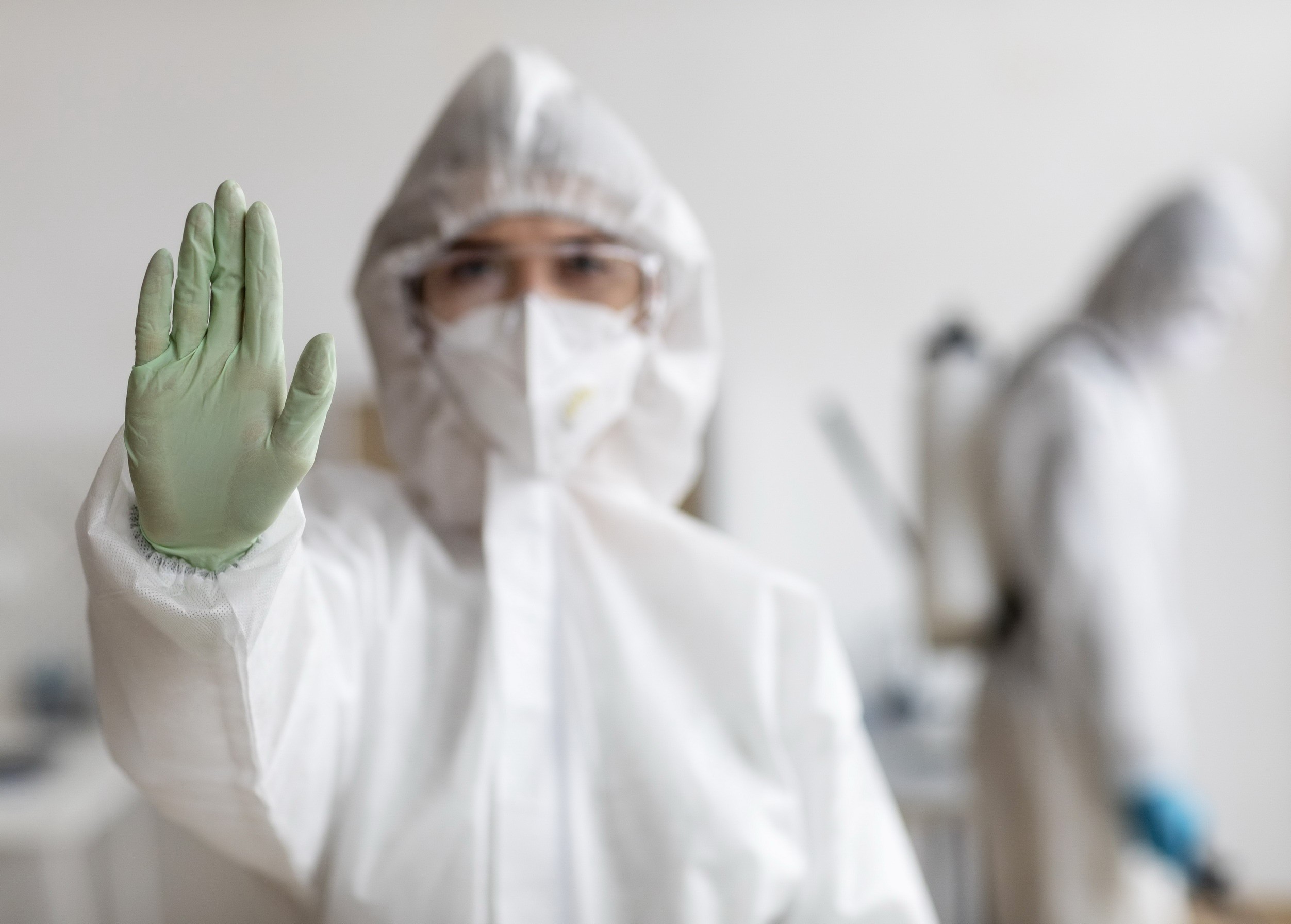NEWS

We have recently helped ozone machine manufacturers to design many high-performance power line filters (refer link) to help the ozone generators avoid the uncertainty of electromagnetic interference and maintain the stability. With the outbreak of COVID-19, many people want to buy an ozone generator to disinfect the environment. Proper use of the ozone generator can indeed kill the coronavirus, but before buying one, we have a few things we would like to remind you of.
The U.S. Environmental Protection Agency's official website Q&A clearly states: "Do not use ozone generators in occupied spaces.” It reminds you that the use of the ozone generator must be used when no one is there. Ozone generators used in hospitals are also used in machines/enclosed uninhabited spaces for disinfection, rather than in a manned environment.
Ozone at high enough concentrations can inactivate the SARS-CoV-2 virus, but these levels of ozone are generally well above levels considered safe for occupant exposure. Devices that use the reactivity of ozone for the purpose of cleaning the air should not be used in occupied spaces because exposure to ozone can cause adverse health effects to the nose, throat and airways, with more severe health effects observed at higher levels. Exposure of 300 ppb of ozone may cause tightness in chest and throat as well as irritation of lung and throat within 30 min.
However, ozone has a 99% effectiveness rate when killing pathogens and virus like the flu, SARS, and the coronavirus. Ozone will penetrate floors and cracks, disinfecting as it moves through the space. The efficacy of gaseous ozone against enveloped viruses (e.g. coronavirus, influenza virus, mumps virus) was consistently effective at concentration that ranges from 10 ppm to 120 ppm and time of contact between 1 min and 480 min. However, the efficacy of disinfection is more varied for non-enveloped viruses (e.g. calicivirus, HepA virus, etc.).
Safety guidelines for disinfection using gaseous ozone:
1. Proper sealing of the premises during decontamination to prevent escape of ozone vapours.
2. Minimise VOCs concentration in the premises by excluding the use of products that generate VOCs prior to decontamination. These include and are not limited to air freshners and disinfectants.
3. Ensure no personnel in spaces where ozone is released or expected to be diffused to. A risk assessment should determine whether occupants in adjacent spaces may remain. Should there be occupants in these adjacent spaces, they should be alerted on the disinfection work, be advised on potential exposure risk.
4. During the disinfection cycle, a concept is needed to prevent unauthorized room entrance during the disinfection process.
5. Due to the generated water aerosol, smoke detectors must also be covered to avoid unwanted alarms.
6. No people, pets (including fish), or plants should be left in the room during the disinfection cycle.
7. Continuously monitor ozone levels. If the levels in occupied spaces exceed 100 ppb (15 mins) or 50 ppb (8 hours), operators and/or occupants in these and adjacent spaces should be evacuated and ozone generation should be terminated.
8. People with cardiac pacemakers or other electric implants are not permitted to enter premises with an ozone generation system.
9. Air purging/ increased ventilation shall be introduced in the treated spaces and the surrounding spaces after the disinfection process. A thorough check should be conducted to ensure ozone levels in affected spaces are less than 50 ppb before occupancy.
Data sources: w3.hcepb.gov.tw; epa.gov; nea.gov.sg; journalofhospitalinfection.com
